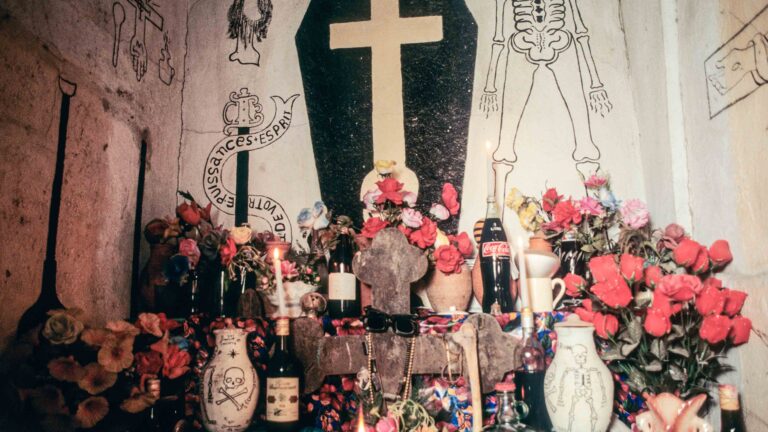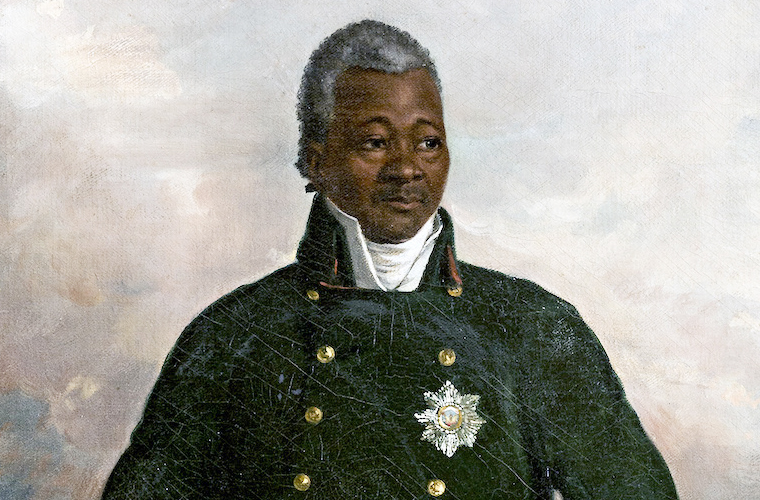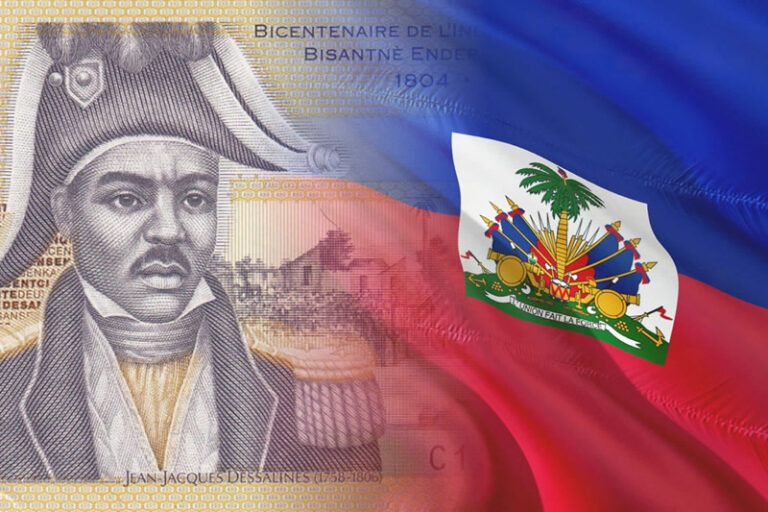Catherine Flon: The Heroine Who Stitched Haiti’s Flag
“From her skilled hands emerged the eternal symbol of a free nation.”
While men brandished weapons, Catherine Flon took needle and cloth to give Haiti its sacred emblem. Here is the untold story of the woman who immortalized independence through her craft.
A Youth in the Shadow of Revolution (1772-1803)
Origins and Education
Born around 1772 in Arcahaie, Catherine Flon was:
- Daughter of a freed slave
- Raised in the tradition of “free seamstresses”
- Trained in traditional medicine and crafts
Did you know? Her godfather was none other than Jean-Jacques Dessalines, a connection that would seal her destiny.
The Day That Changed History (May 18, 1803)
The Mythic Moment
At the Congress of Arcahaie, where Dessalines united blacks and mulattoes:
- Dessalines tore the white from the French flag
- He entrusted the blue and red strips to Flon
- Amid cheers, she sewed them together horizontally
Symbolism:
- Blue: Former black slaves
- Red: Free people of color
- Union: The birth of a mixed-race nation

Beyond the Flag
Flon was more than a seamstress:
- Nurse for revolutionary troops
- Liaison agent for rebels
- Guardian of Vodou traditions
A Life in the Shadows (1804-1831)
After Independence
Unlike male generals, Flon:
- Received no official title
- Continued her discreet work as a healer
- Died in obscurity around 1831
Cruel Irony: No authentic portrait survives.
A Rediscovered Legacy
Modern Recognition
- Flag Day (May 18) honors her act
- Monument in Arcahaie
- Featured on the 10 gourde bill
Why She Matters:
“Her needle proved as powerful as a sword – she stitched unity when others spoke only of division.”






